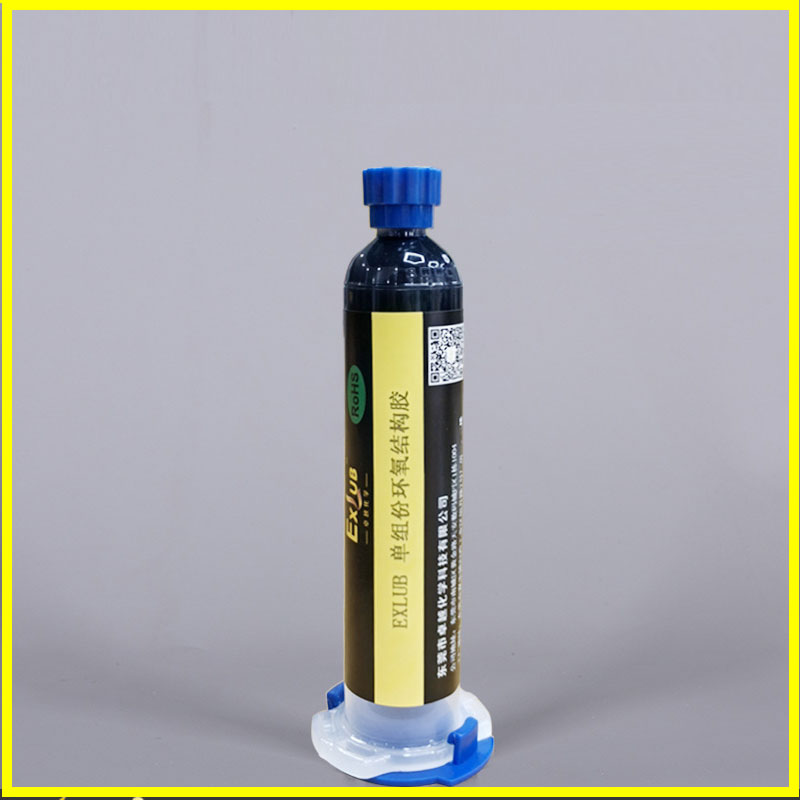



1. Identify Materials & Adhesive Types
Before surface preparation, determine:
Substrate materials: Metal, plastic, rubber, composites, etc. Each requires tailored treatments15.
Adhesive type: Epoxy, polyurethane, acrylic, or silicone. For example, epoxies need roughened metal surfaces, while silicones bond better with plasma-treated plastics25.
2. Surface Cleaning: Eliminate Contaminants
Contaminants (oils, dust, oxides) reduce bond strength by 40-60%4. Use these methods:
A. Solvent Wiping
Apply acetone, isopropyl alcohol, or ethanol for grease/oil removal. Avoid solvents that degrade plastics24.
B. Alkaline Cleaning
Ideal for metals: Removes oxides and organic residues via sodium hydroxide solutions15.
C. Ultrasonic Cleaning
For precision parts (e.g., electronics): Ultrasonic waves remove micron-sized particles45.
D. Grit Blasting
For metals/ceramics: Aluminum oxide sandblasting boosts roughness (Ra 2–5 μm) and adhesion35.
3. Surface Treatment: Enhance Adhesion
Post-cleaning, optimize surfaces for adhesive "wetting" and bonding:
A. Mechanical Abrasion
Sandpaper (80–120 grit) or wire brushing creates micro-grooves for mechanical interlocking35.
B. Chemical Etching
Acid treatments (e.g., phosphoric acid for aluminum) form corrosion-resistant layers24.
C. Plasma Activation
Increases surface energy by 30-50% on plastics/composites, enabling covalent bonding45.
D. Flame Treatment
For polyethylene/polypropylene: Brief flame exposure removes weak surface layers23.
4. Surface Protection: Prevent Recontamination
Treated surfaces degrade rapidly:
Bond within 4 hours: Oxidized metals lose 20% adhesion daily45.
Use protective films: Non-silicone films prevent dust on aerospace composites23.
Control environment: Maintain 20–25°C and <60% humidity for stable curing15.
5. Critical Considerations
Avoid overtreatment: Over-sanding thins metals; excessive plasma damages polymers35.
Test compatibility: Conduct peel/shear tests (ASTM D3164) before full-scale use45.
Consult technical sheets: Adhesive manufacturers (e.g., 3M, Henkel) provide material-specific guidelines12.
6. Why Proper Surface Prep Matters
Strength: Proper prep increases epoxy bond strength by 70% on aluminum35.
Durability: Plasma-treated joints withstand 1,000+ thermal cycles (-40°C to 150°C)45.
Safety: Reduces delamination risks in automotive/aircraft load-bearing joints12.
Email to this supplier